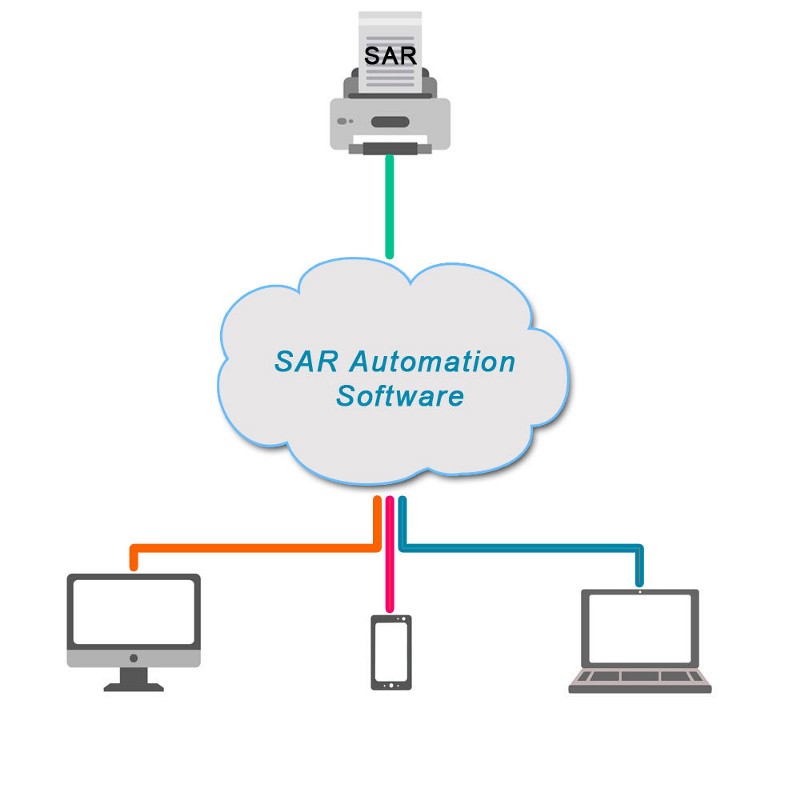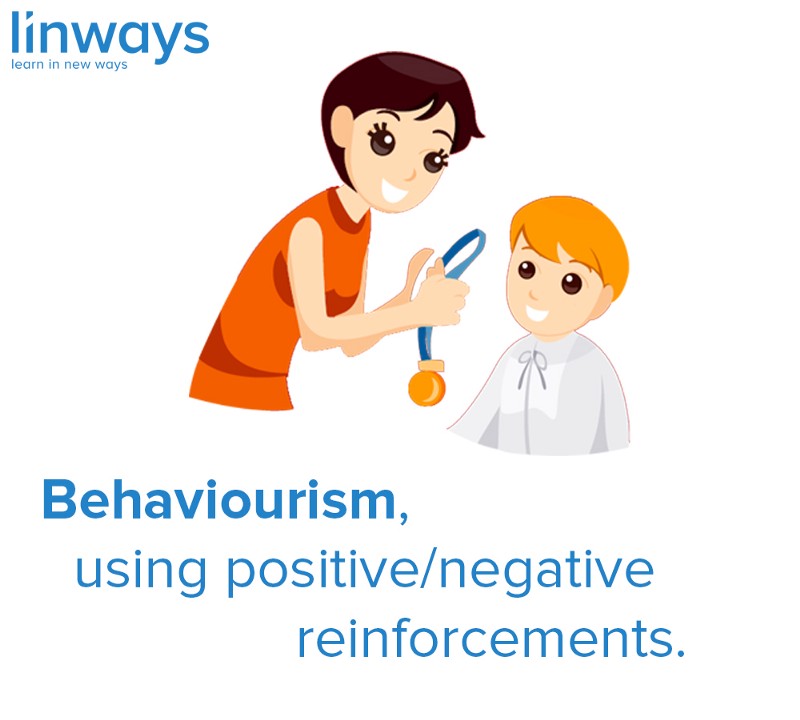What is lifelong learning
Lifelong learning is one of the most essential 21st century skills we must have. It simply means the ability and commitment to learn throughout one’s life. It is the continuous, self-motivated pursuit of knowledge for either personal or professional reasons. Hence, it promotes employability, competitiveness, sustainability and personal development. We here at linways are committed to lifelong learning, and we always try to innovate and improve the way we learn so that there is maximum potential advantages for both the learner and the teacher while sustaining quality.
Since the accreditation bodies like the NBA, NAAC, etc. and regulatory and certifying agencies like the AICTE and the UGC have started promoting assurance of quality in education, new theories like the Outcome Based Education and rubrics like the Bloom’s Taxonomy has started getting more traction among the academic circle. These are now being widely accepted and put into action across our higher educational domain.
That being said, lifelong learning is one of the core principles of quality assurance. It’s also one of the 12 graduate attributes that are set by the NBA, which a learner should possess by the time they have completed their degree. Lifelong learning signifies the learner’s need to learn more and adapt better to the continuously shifting landscape of the technology integrated world. Teachers are encouraged to conduct more research and publish their results in popular publications to assert this importance of lifelong learning.
Though that’s how lifelong learning render in the academic circle, it has a much more deeper impact in all our lives no matter where we live, what language we speak, or what we do for a living.
Why is this important
Experts say that what you’ve learned with a modern degree might only last just five years before it becomes completely irrelevant. For the past few years, the total information mankind has ever produced has been doubling as every year passes. That means every year, we produce new content equivalent to everything that has ever been produced from the beginning of our kind.
With such huge amount of information being thrust upon us every day, how much of what we’re taught could stay relevant for more than a decade?
Since new information is generated more often, it takes less time for the pre-existing information to lose its value. The time it takes for any relevant information to become outdated or lose it’s value is called the half-life of knowledge. Back in the 1960s in the US, an engineering degree was outdated within 10 years. Today, most fields have a half-life much less than that, especially new industries.
Because of this global trend, both the time we spend attaining formal education and the number of people choosing this path has increased dramatically. There are more people engaged in schooling/education that ever before, and they last longer in such a phase than their predecessors. Years of schooling have more than doubled in the past 100 years, and in many countries, it’s common to study for some 17-18 years before even entering the workforce. There’s one more stat to show you how much of this trend is relevant.
“80–90% of all the scientists who have ever lived are alive today.”
So all facts & figures aside, how much can we really do make this culture a habit in our students?
We have been asking this same question to teachers and academicians in our circle for a while. Based on what they’ve told, and from what we’ve observed, we’ve come up with a list of guidelines. These guidelines are for teachers who are genuinely interested in the well-being of their students and wants to instil a lifelong learning attitude in them to see them succeed. You can use these guidelines to draw out your own unique workflows and plans to prepare your students for continuous lifelong learning.
- Start with the outcomes
As we mentioned earlier in this article, Outcome Based Education, or OBE, is a very effective methodology to improve the quality of education. The NBA, NAAC, and several other certification and accreditation agencies strongly advocates OBE model for our higher education. It’s essentially deciding a set of skills, goals, or ‘outcomes’ that you want your students to achieve, and then assessing performance and knowledge along the course so that your students eventually achieve them.
With OBE, you give the learner a goal to achieve. So learning becomes a journey, instead of a task. It’s much easier to do if there’s a goal at the end, and if that end entices the learner. This way, even after the student has left the college or school, they understand the value of learning, the results they’d get, and the fact that they need to learn if they need to get ahead. - It’s not about what you teach, it’s about how you teach
Every subject and topic has a unique way to approach it. You can’t teach a student to swim by showing them pictures of a man swimming. This goes across the field of formal education. How you choose to teach influences how the learner understands the topic, and retain the information. There are several ways you learn how to teach, and be really good at it.
If the teacher could get the learner to be excited about learning, it greatly influences their attitude towards learning. Humans are naturally curious. Learning and sharing information at this enormous scale which we is what makes us unique. So to master the craft, teachers and decision makers need to assess and learn about how students react to the teaching-learning process. Use of the right tools and self-evaluation can be really effective. - Use technology to your advantage
Take the help of technology to improve your planning and course delivery. There are many tools and platforms available today to help you encourage students to keep learning. You could teach them about online courses like Coursera, Udemy, EdX, etc. and tell them about how they can make intelligent use of those resources to keep learning.
It would most certainly help if you can begin delivering course content through Academic Management platforms like Linways even during the course. This way, your students get to know what to expect, and gets familiar with the concept of learning outside the classroom during when they are in college. - Encourage learning outside class
Boost the curiosity of your students by encouraging out-of-the-class learning activities. Persuade them to conduct research and study papers published by others to teach the value of independent learning. Instead of a teacher pouring all the information in a class and the learner being told to learn it without any actual creative input can be dull. Research and outside learning is a great way to teach students about the benefits and advantages of lifelong learning. - Be a role model
This, of course, is the most important part. There has been a tremendous amount of research done on teacher-student relationships and how it influences the learner. A well-liked teacher is more likely to bring out the best performance, and students will listen to what you have to tell, both verbally, and otherwise.
A teacher should definitely be a lifelong learner. So guess it’s not necessary for us to tell teachers to lead by example. However, even if you learn throughout your life, and conduct extensive research, you should also be able to instil the same character in your students and make them pursue the same with their lives.
Preparing our students to be lifelong learners is how we make sure that our world moves forward. So beside being necessary mandates for accreditation or certification, let make this a goal to develop our students to be lifelong learners. But remember, each of these steps begins with you, the teacher. So be the teacher you wish you had and inspire your students to be lifelong learners.
Also published on Medium.




